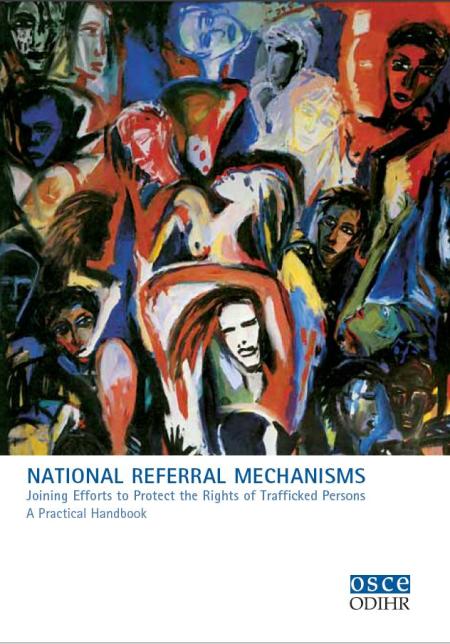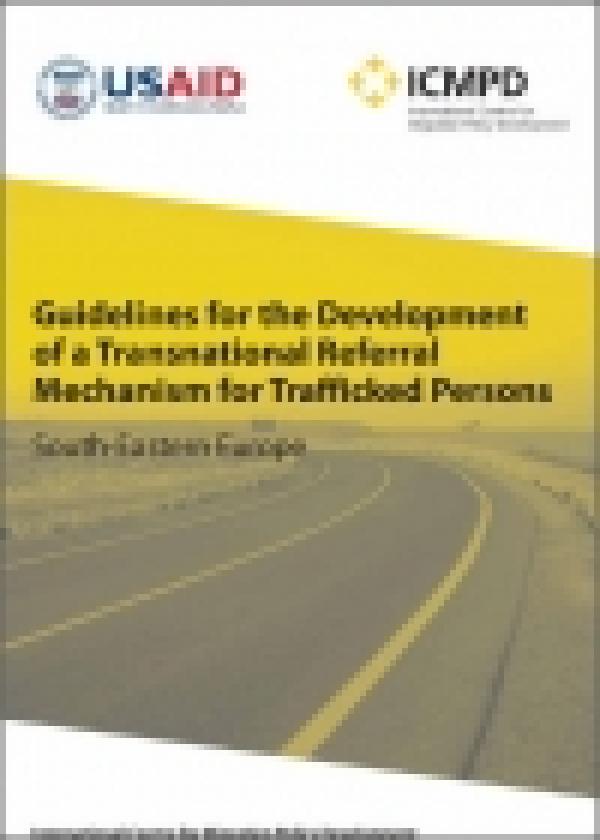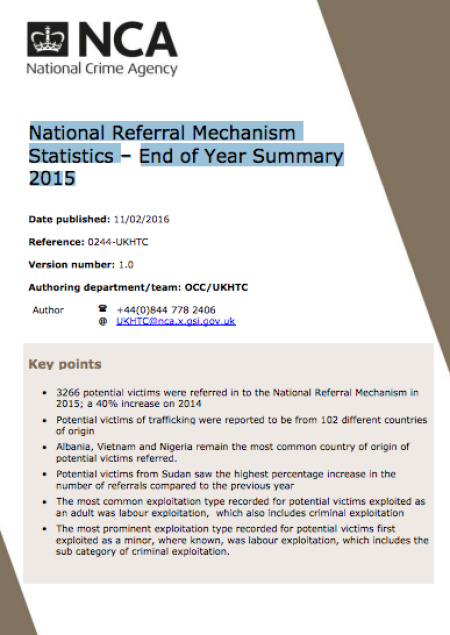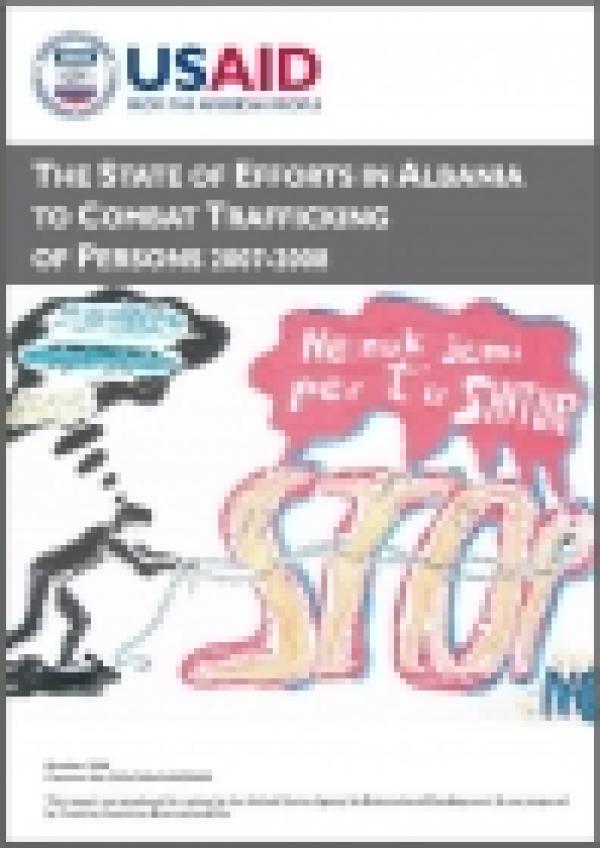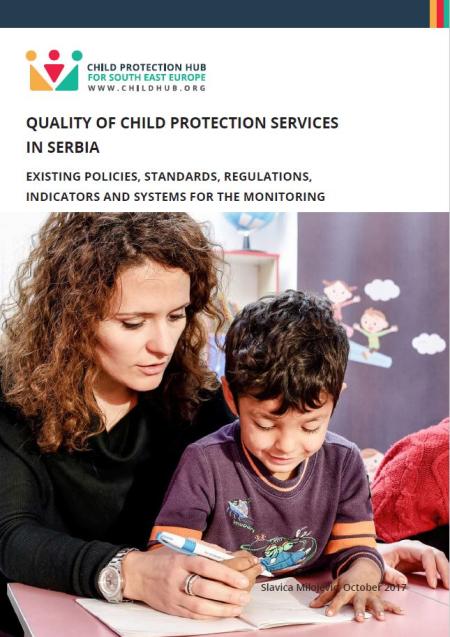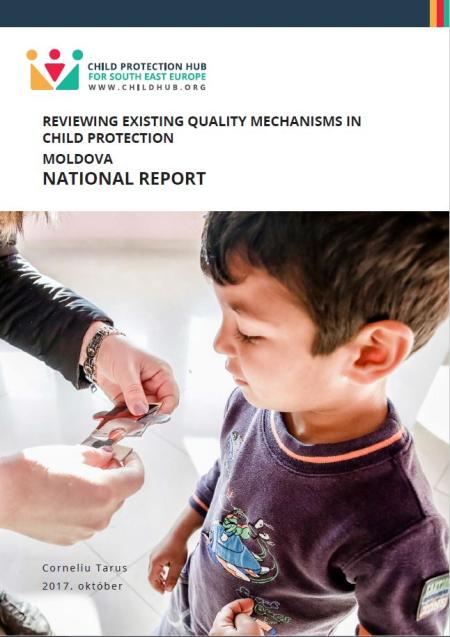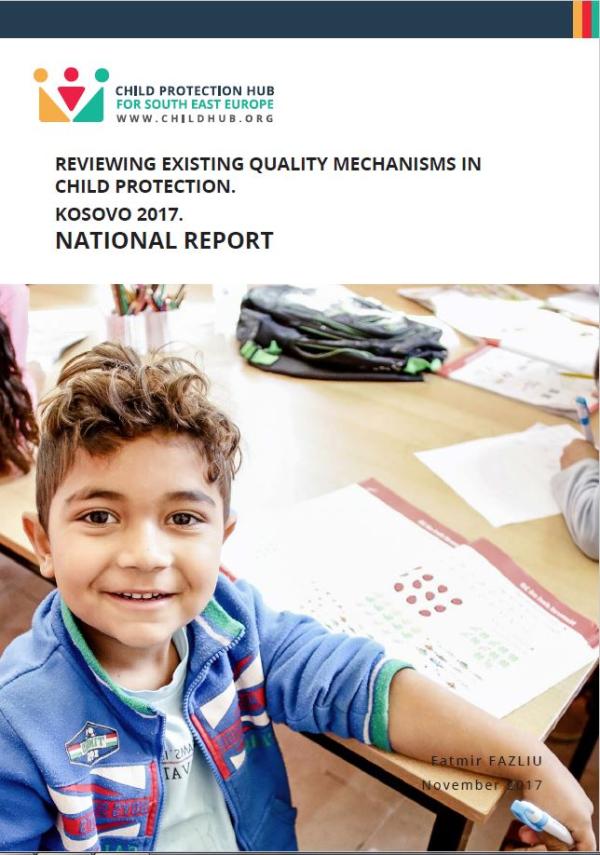
A Practical Handbook
This handbook provides guidance on how to design and implement sustainable structures that aim both to prosecute traffickers and to provide support to victims. It addresses the main political, legal, and practical elements to be considered when creating an NRM. Furthermore, this handbook defines suggested roles for governmental institutions and civil society in an NRM, as well as describes the types of programmes and services that should be available to trafficked persons.

You might like..
0
14
The TRM Guidelines, divided in five Standard Operating Procedures (SOPs) sections, were jointly developed and validated by the project participants from SEE. Each national implementation team was comprised of representatives from the anti-…
0
4
This report assesses current referral practices to assist and protect the rights of trafficked persons in Moldova. It seeks to outline the current response by multiple governmental and non governmental organizations in Moldova to the problems…
0
3
The National Crime Agency of the UK has published data on the number of potential victims of trafficking referred in to the National Referral Mechanisms in 2015. The report does not provide analysis of the picture of human trafficking in the UK, it…
0
5
Parliaments and parliamentarians have the power to prevent human trafficking by raising awareness and curbing exploitative practices. They can adopt the laws needed to prosecute traffickers and protect the rights of victims; they can also take…
0
2
This report presents the results of 12 months of active research and training activities carried out with delegations from 13 European countries. (…) IOM carried out national research on legislation and practices related to the identification and…
0
3
The State of Efforts in Albania to Combat Trafficking in Persons 2007-08 is the fourth in a series of annual reports issued by the USAID program The Albanian Initiative: Coordinated Action Against Human Trafficking. It draws on the data and…
0
34
Tirana, 21 February 2020
A delegation from Montenegro, headed by Mr. Zeljko Spalevic, Head of the Department for the Fight against Trafficking in Human Beings in Montenegro, and representatives of the Border Police and Ministry of Social…
0
29
This paper explores issues related to the M&E of anti-trafficking re/integration programmes and, as such, aims to contribute to the body of knowledge on this subject. It is the third in a series of issue-based papers focusing on the re/…
0
2
This is the third Annual Report produced by the OSCE Special Representative and Co-ordinator for Combating Trafficking in Human Beings according to the requirements of OSCE Ministerial Council Decision No. 13/05 on Combating Trafficking in Human…
0
5
This study aims to explore the right of trafficked victims of forced prostitution to remain in destination countries through the application of legal standards and victim protection mechanisms found at the national, regional and international level…
0
2
This report re?ects on the one hand the current situation in the countries engaged in developing a TRM (Transnational Referral Mechanism), mainly from the SEE (South-Eastern Europe) region, and on the other hand provides practical recommendations…
yes
0
10
Executive Summary:
Child growth and development within the family environment is the main direction widely applied in the Republic of Serbia. The Family Law and the Law on Social Welfare clearly give priority to the prevention of child separation…
yes
0
19
Executive Summary:
The regulatory framework for quality control of services for children is quite comprehensive and detailed, although mostly based on procedures and standards, and less on ways to ascertain outcomes for children’s welfare;
There…
yes
0
9
Executive Summary:
This national report is a part of Child Protection Hub series of papers describing existing standards, regulations, indicators and systems for monitoring the quality of child protection services in 8 countries (Albania, Bosnia-…
yes
0
14
Social services to children in need are provided in local level by Centers for Social Work. Some services are covered by non-governmental organizations. Policies, laws and budgeting are responsibilities of central government. Coordination between…

